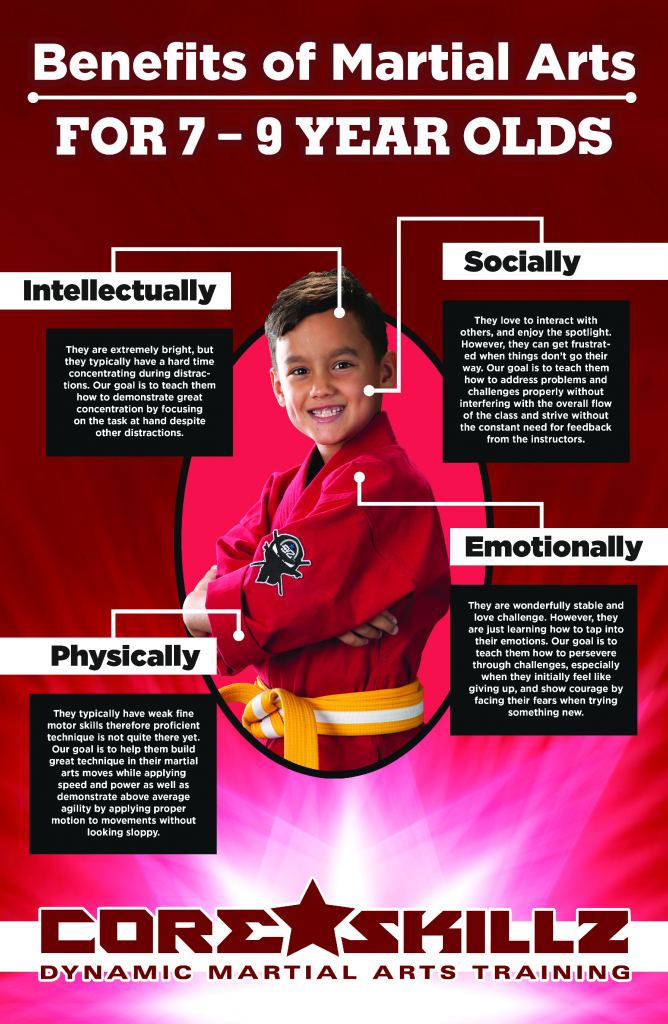The Worldwide History And Makeover Of Martial Arts
The Worldwide History And Makeover Of Martial Arts
Blog Article
Posted By-Stevenson Silverman
Martial arts have a remarkable background that extends centuries and continents. You could find it interesting just how ancient techniques like Shuai Jiao and Kalaripayattu prepared for contemporary fight methods. These techniques not just highlight physical skills however also show the cultures that birthed them. As you discover their evolution, take into consideration how globalization has changed these conventional types into hybrid styles. What impacts do you believe have formed today's martial arts landscape?
Ancient Martial arts: The Foundations of Combat
As you look into the world of old martial arts, you'll discover the abundant foundations that formed fight techniques throughout societies. Early techniques concentrated on Self-Defense and survival, often including strikes, hurting, and weaponry.
In old China, for example, methods like Shuai Jiao emphasized throws and joint locks, while India's Kalaripayattu showcased agility and liquid activity. Japanese samurai created Kenjutsu, a refined swordsmanship that highlighted technique and technique.
These martial arts offered not just for battle but additionally as a way of personal advancement, instilling values like regard and determination. The mixing of these strategies over time laid the groundwork for the diverse martial arts you see today, each mirroring the special philosophies and requirements of its culture.
The Social Impact on Martial Arts Growth
While martial arts frequently show the practical demands of a society, they likewise embody the social worths and beliefs of their beginnings. When you discover various martial arts, you'll see how they're influenced by faith, ideology, and social standards.
For instance, the emphasis on regard and technique in Japanese martial arts comes from Zen Buddhism and samurai society. On the other hand, Brazilian Jiu-Jitsu promotes flexibility and approach, shaped by the need for performance in a diverse, modern environment.
You may find that the rituals, attires, and training techniques mirror a community's history and identity. By recognizing what is the best martial art for fighting , you grow your recognition of martial arts and their role fit human experiences around the world.
Modern Adaptations and the Globalization of Martial arts
Martial arts have changed significantly in recent years, adapting to contemporary society and international impacts. You'll see that conventional forms have blended with contemporary techniques, creating hybrid styles like mixed martial arts. These adaptations deal with diverse target markets, making martial arts available and appealing globally.
With the surge of social networks and electronic systems, you can find tutorials and competitors from all edges of the world, damaging geographical obstacles. This globalization has brought about a shared appreciation for numerous techniques, from Brazilian Jiu-Jitsu to Taekwondo.
As you involve with these arts, you'll recognize they're not practically battle; they promote fitness, technique, and mental well-being.
Eventually, modern adaptations have enriched the martial arts landscape, making it a vibrant and evolving method.
Final thought
In discovering the background and evolution of martial arts, you discover a remarkable mix of strategies, societies, and viewpoints. From ancient disciplines like Shuai Jiao and Kalaripayattu to the contemporary adaptability seen in mixed martial arts, martial arts mirror mankind's mission for Self-Defense and personal growth. As you involve with these methods, you not just gain abilities however likewise a deeper gratitude for the diverse traditions that form our world today. So, continue your trip and embrace the art of combat!
